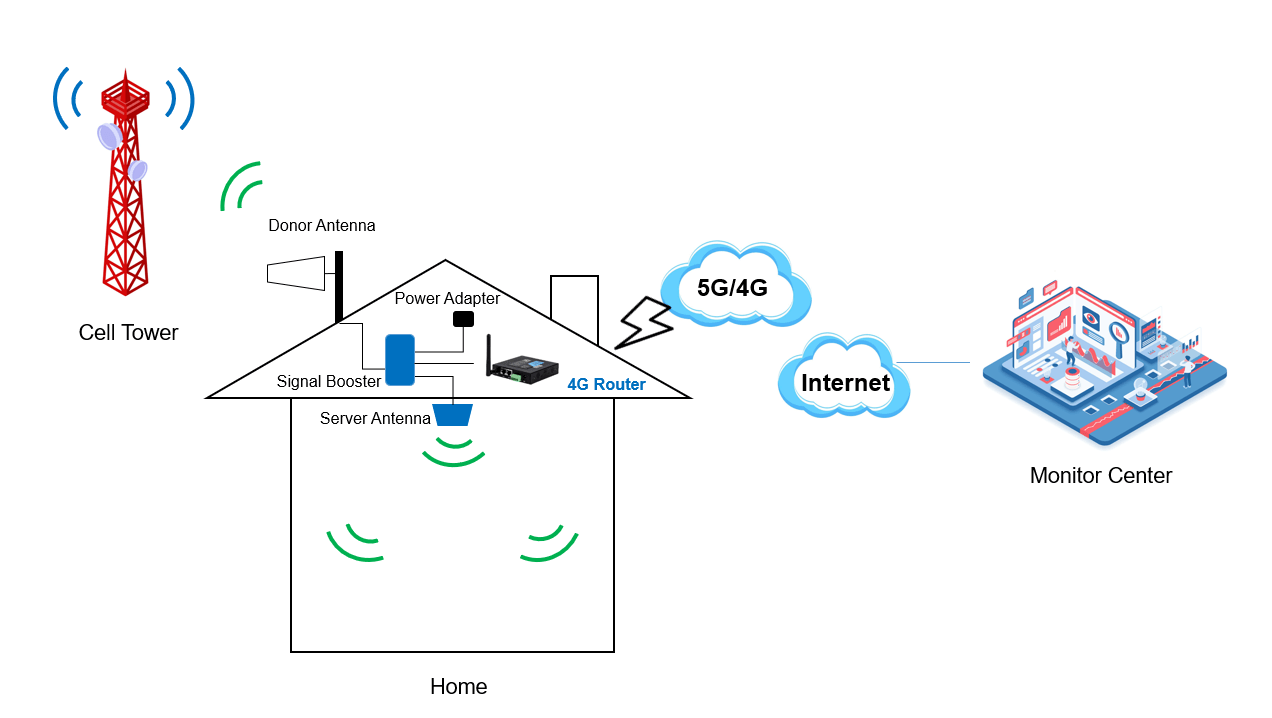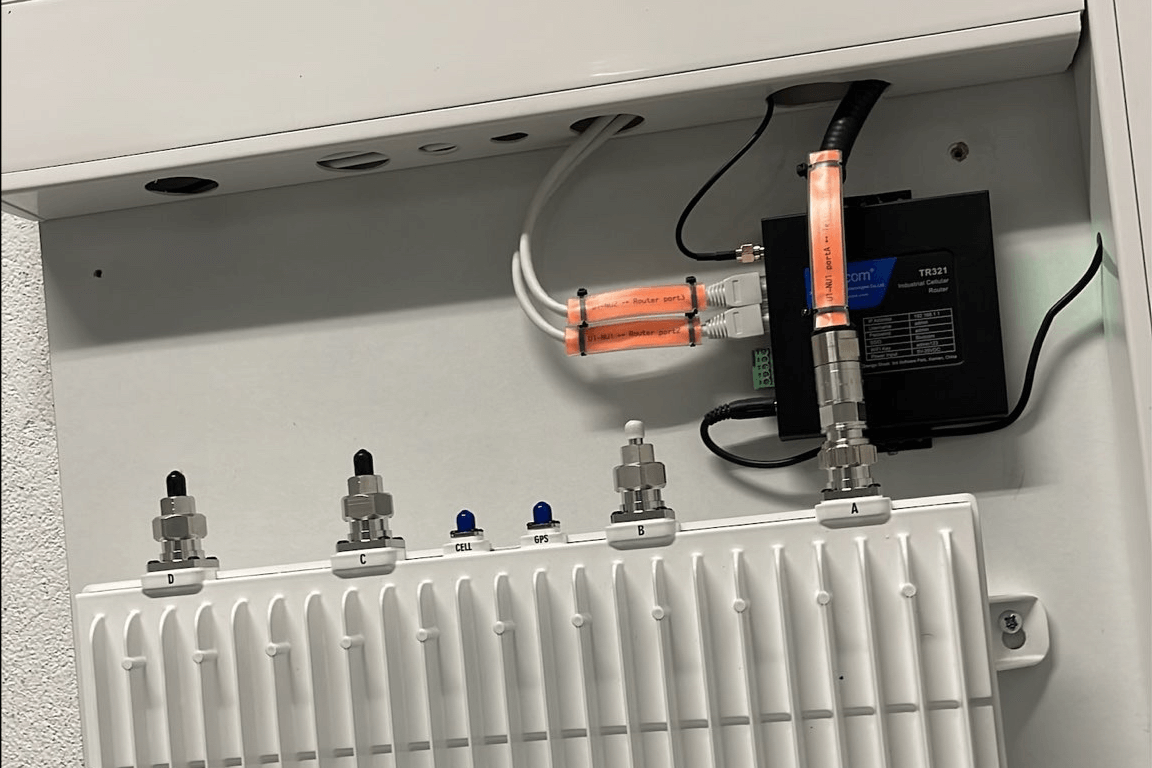IoT Technology in Signal Boosters: Revolutionizing Connectivity
Introduction
The Internet of Things (IoT) has transformed various industries by enabling smart, interconnected devices that improve efficiency and performance. One area where IoT is making a significant impact is in signal boosters, which enhance cellular and wireless connectivity. By integrating IoT technology, signal boosters have evolved from simple amplifiers to intelligent systems capable of self-monitoring, remote management, and adaptive performance optimization.

How IoT Enhances Signal Boosters
1. Remote Monitoring and Diagnostics
Traditional signal boosters require manual checks to ensure optimal performance. IoT-enabled boosters, however, can:
Monitor signal strength, network quality, and device health in real-time.
Detect and diagnose issues automatically, reducing downtime.
Send alerts to users or service providers when maintenance is needed.

2. Adaptive Signal Optimization
IoT-powered boosters can analyze network conditions and adjust settings dynamically to provide the best possible signal. Features include:
Automatic frequency selection to avoid interference.
Adjustable gain control based on real-time signal strength.
Seamless switching between carriers for optimal coverage.
3. Cloud-Based Management
With cloud integration, users and administrators can:
Control signal boosters remotely via mobile apps or web dashboards.
Update firmware automatically to ensure the latest features and security patches.
Analyze usage patterns to optimize network performance.
4. Enhanced Security Features
IoT-enabled boosters incorporate advanced security measures such as:
Encrypted data transmission to prevent unauthorized access.
Authentication protocols to ensure only authorized users can modify settings.
Regular security updates to protect against vulnerabilities.
Applications of IoT-Enabled Signal Boosters
1. Smart Homes and Offices
IoT signal boosters ensure seamless connectivity for smart devices, security systems, and VoIP services, enhancing productivity and convenience.
2. Industrial and Enterprise Use
Factories, warehouses, and large offices benefit from IoT boosters that maintain strong, reliable signals for IoT sensors, automation systems, and communication devices.
3. Rural and Remote Areas
In locations with weak infrastructure, IoT boosters can dynamically adjust to changing network conditions, providing stable internet access for businesses and communities.
4. Transportation and Public Safety
IoT boosters in vehicles, trains, and emergency response systems ensure uninterrupted communication, improving safety and operational efficiency.
Future Trends
As 5G networks expand, IoT-enabled signal boosters will become even more critical. Future advancements may include:
AI-driven predictive maintenance to prevent failures before they occur.
Integration with smart city infrastructure for better urban connectivity.
Edge computing capabilities to process data locally, reducing latency.
Conclusion
The integration of IoT technology in signal boosters is revolutionizing how we maintain and optimize wireless connectivity. With features like remote monitoring, adaptive optimization, and cloud-based management, IoT-powered boosters provide smarter, more reliable solutions for homes, businesses, and industries. As IoT and 5G continue to evolve, signal boosters will play an even more crucial role in ensuring seamless, high-speed connectivity worldwide.
By embracing IoT-enabled signal boosters, users can enjoy faster, more stable, and intelligent connectivity—ushering in a new era of smart communication.




Comment